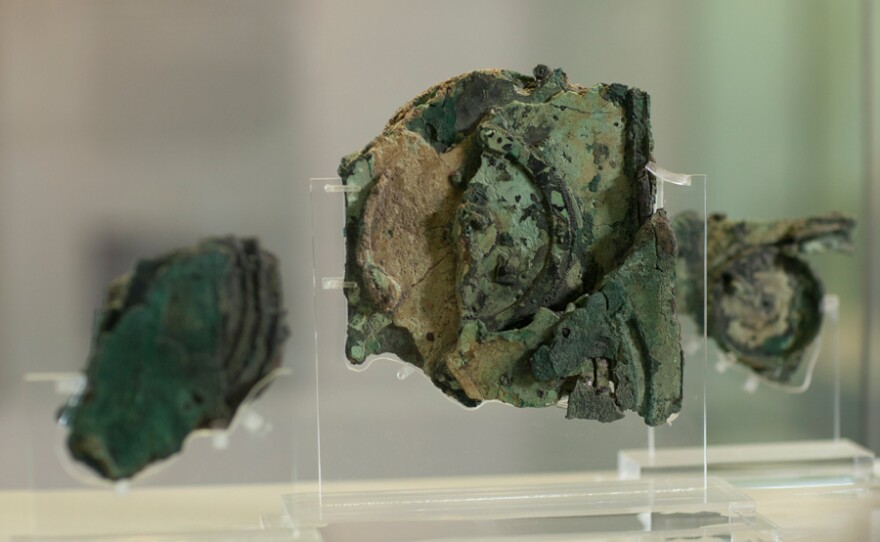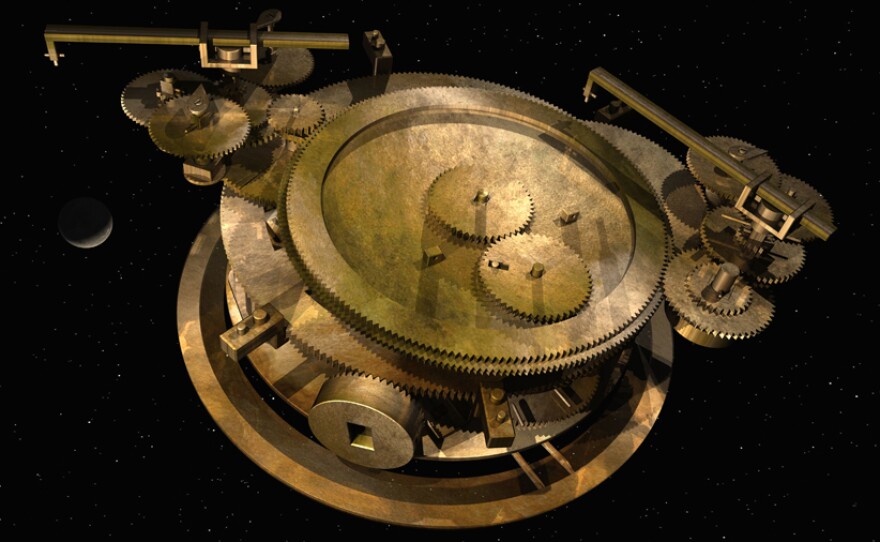

Interview With Steve Jobs
Watch a rare interview with the late Apple visionary, conducted in 1990, and see how remarkably prescient he was.
In 1900, a storm blew a boatload of sponge divers off course and forced them to take shelter by the tiny Mediterranean island of Antikythera. Diving the next day, they discovered a 2,000 year-old Greek shipwreck. Among the ship's cargo they hauled up was an unimpressive green lump of corroded bronze.
Rusted remnants of gear wheels could be seen on its surface, suggesting some kind of intricate mechanism. The first X-ray studies confirmed that has revealed the extraordinary truth: this unique clockwork machine was the world's first computer.
An array of 30 intricate bronze gear wheels, originally housed in a shoebox-size wooden case, was designed to predict the dates of lunar and solar eclipses, track the Moon's subtle motions through the sky, and calculate the dates of significant events such as the Olympic Games.
No device of comparable technological sophistication is known from anywhere in the world for at least another 1,000 years.
So who was the genius inventor behind it? And what happened to the advanced astronomical and engineering knowledge of its makers? NOVA follows the ingenious sleuthing that finally decoded the truth behind the amazing ancient Greek computer.
NOVA is on Facebook, and you can follow @novapbs on Twitter.






